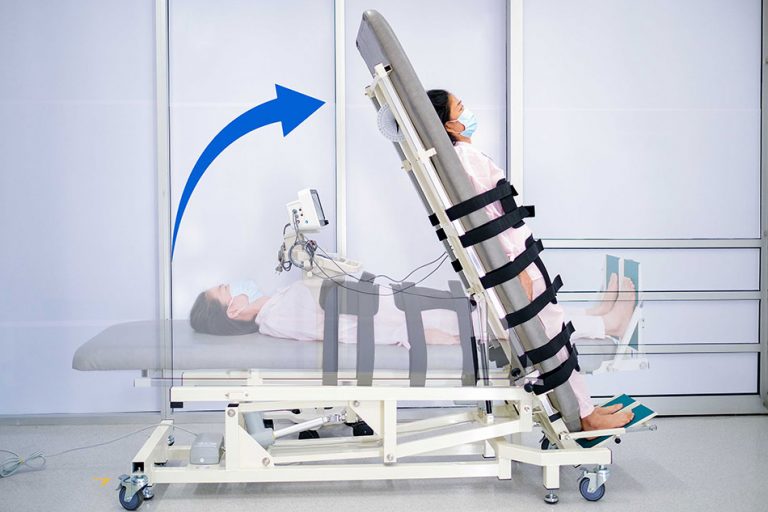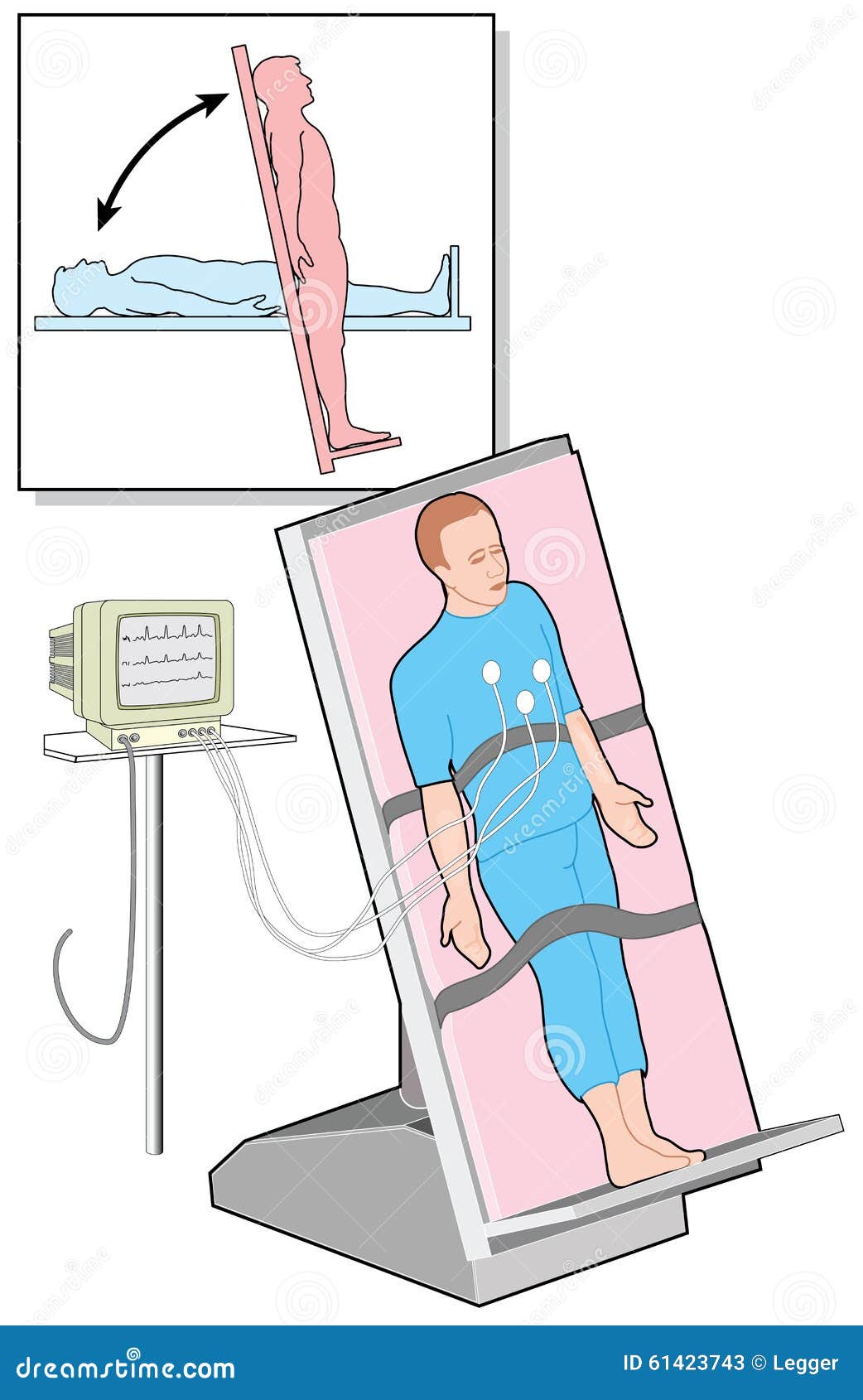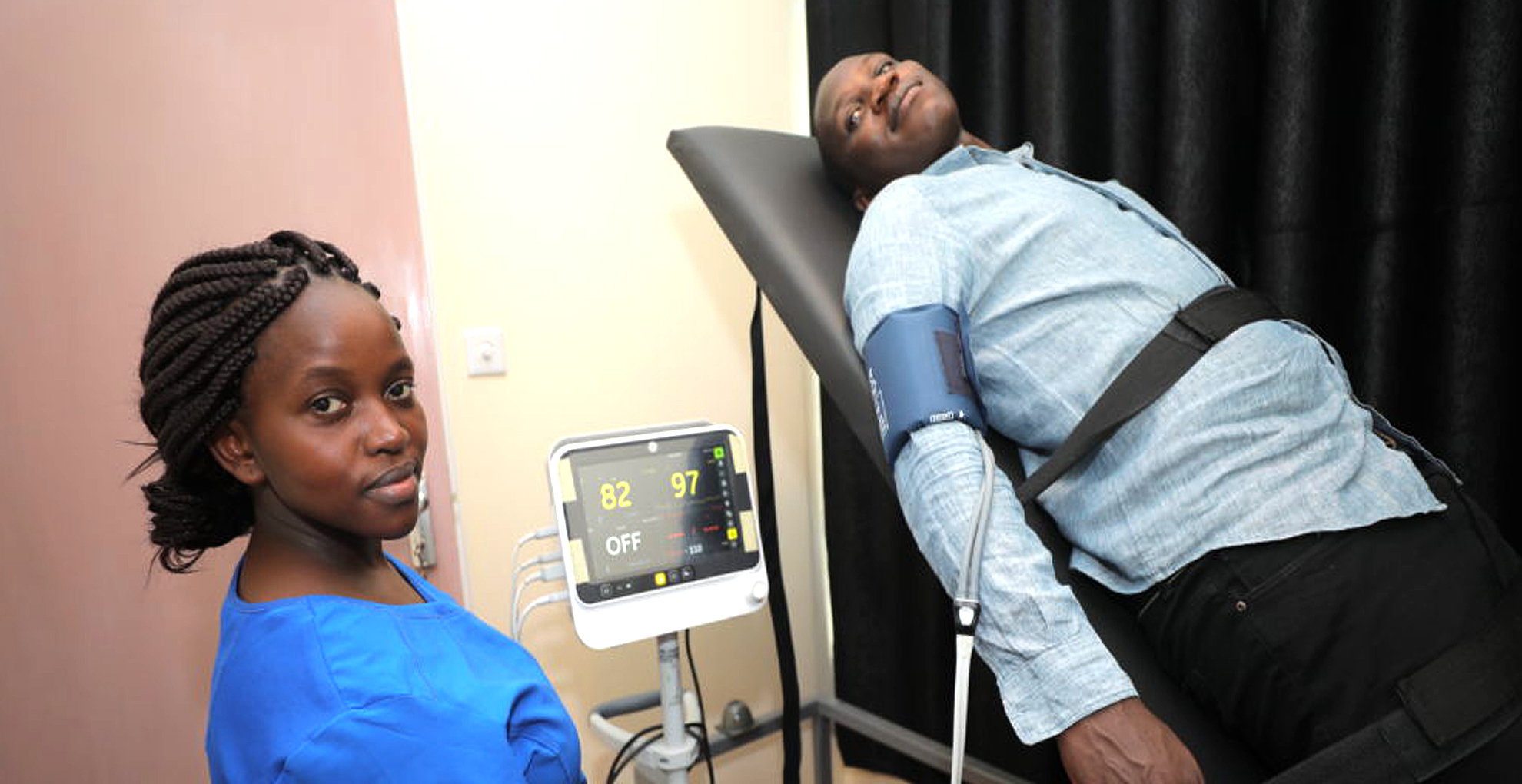Table of Content
There may be problems with the heart muscle or one or more of the heart valves. This may cause a decrease of blood flow to the body, including the brain. Inflammation of the heart muscle may also cause fainting. The heart muscle becomes weak and isn't able to pump as well as normal.
Kidney transplants have high rates of success and are the preferred treatment for people who are eligible. Healthline has strict sourcing guidelines and relies on peer-reviewed studies, academic research institutions, and medical associations. Prior to the test, a doctor will discuss how it may aid in your diagnosis and inform you of any potential risks.
What is the purpose of head up tilt table testing?
It’s a good idea to have a friend or family member drive. If you fainted during the test, you may need more observation and testing. Otherwise, your healthcare provider will give instructions that may include resting for a few hours once you’re home. After the medicine is given , you will again be tilted upright and monitored for symptoms of dizziness, fainting, low heart rate, or a low blood pressure. You’ll lie down on a special table, and a medical professional will attach various monitors to your body. These include a blood pressure cuff, electrocardiogram leads, and an oxygen saturation probe.

Small discs with wires are attached to your chest and are connected to an ECG machine to track your heartbeat. The results of a tilt table test are based on whether you faint during the test and what happens to your blood pressure and heart rate. You're then moved to a nearly vertical position, where you'll remain from 5 to 45 minutes, depending on the reason for the test.
What is a tilt table test, and how does it work?
The arterial line can provide more rapid measurement of blood pressure changes. This is a sudden drop in blood pressure with or without a decrease in heart rate. It’s caused by an exaggerated response of nerves that control the heart and blood vessels. Tilt-table tests can be used to see if fainting is due to abnormal control of heart rate or blood pressure. Heart rate increases only slightly, blood pressure doesn't drop significantly, and there are no signs or symptoms of fainting. This is a measure of your ability to sweat when stimulated by a warm and humid environment.

Standing Up to POTS will not be liable for any direct, indirect, or other damages arising from this use of this website. In general, a tilt table test is not usually repeated. Vasovagal syncope is somewhat difficult to treat, and there is a chance that you may also need to take medication to raise your blood pressure. If you experience persistent symptoms that last longer than one day after the test, you should call your healthcare provider.
Do I need more tests?
Your physician will order a tilt table test if you have fainting spells, severe lightheadedness or dizziness that forces you to lie down. A tilt table test is a test done to evaluate symptoms of syncope . If you have syncope, your healthcare provider will carefully evaluate your past medical history and do a physical exam. If the results of the exam or history do not show a cause for the syncope, and you have no history of heart disease, then further test may be scheduled. You may feel tired and a little sick to your stomach right after the test. You may stay in a recovery area for 30 to 60 minutes so nurses can keep track of your blood pressure and heart rate.
Your blood pressure, heart rhythm and heart rate will be constantly monitored throughout the test. Blood pressure cuffs will be placed around one of your arms and a finger . The cuffs are attached to monitors used throughout the test. The finger cuff will pump nonstop throughout the test. The arm cuff will check your blood pressure every 4 to 10 minutes. If you have diabetes, or take insulin, ask your doctor how you should take your medications on the day of your test.
You know it better than anyone else, but you’re also not a doctor or a specialist for dysautonomia. There are some ways that you can unofficially diagnose yourself with POTS at home. Be aware this is not an official way to receive a diagnosis. You should always consult your physician and never self diagnose yourself. However, knowing how your body acts and providing the evidence you need to your physician can be a game changer to a quicker answer.
You can also have another person record those numbers and help time it. If your heart rate goes up 30 beats per minutes over the next minutes, you may have POTS. A person experiences syncope when there is reduced blood flow to their brain. This causes loss of consciousness and loss of postural control. A tilt table test can sometimes determine the underlying cause of syncope.
While in this position, stay as still as possible and report signs and symptoms such as nausea, sweating, lightheadedness or irregular heartbeats. Wearing a Holter monitor, endless-loop recorder, or event recorder allows physicians to monitor your heart over days or weeks. You may be asked to keep a written journal of symptoms, or to push a button on the device when you faint or feel otherwise symptomatic.

If your blood pressure drops during the test and you feel faint or dizzy, the test is positive. Your doctor may suggest changing your medicines or having more tests. If your fainting is due to a slow heart rate , your doctor may recommend a pacemaker.
You should expect to recover within a few hours, even if you experience dizziness or loss of consciousness during the test. Do not stop taking any medication without first talking to your healthcare provider. These include blood pressure, breathing rate, and pulse. You suspect that you may have a form of dysautonomia called POTS, or Postural Orthostatic Tachycardia Syndrome. However, you haven’t been diagnosed with it officially.

You may be confused for a bit after you become conscious again. An ECG may not detect occasional heart rhythm changes. Your health care provider may recommend monitoring your heartbeat at home. A portable ECG device, called a Holter monitor, can be worn for a day or more to record the heart's activity during daily activities.
Tilt Test Action Checklist
It assesses the autonomic control of sweating and body temperature regulation. The powder will change from orange to purple if sweating occurs. Talk to your health care provider about the risks and benefits of these drugs to determine which one is best for you. Sound waves are used to create pictures of the heart in motion.

It is important to stay as still as possible when vertical. Try not to tighten the muscles of your legs or buttocks while upright. There are many different tests that practitioners can use to assess if a patient has POTS. Be prepared to discuss your diet and exercise habits, especially the amount of salt in your diet. If you don't already follow a diet or exercise routine, be ready to talk to your provider about challenges you might face in getting started.

No comments:
Post a Comment